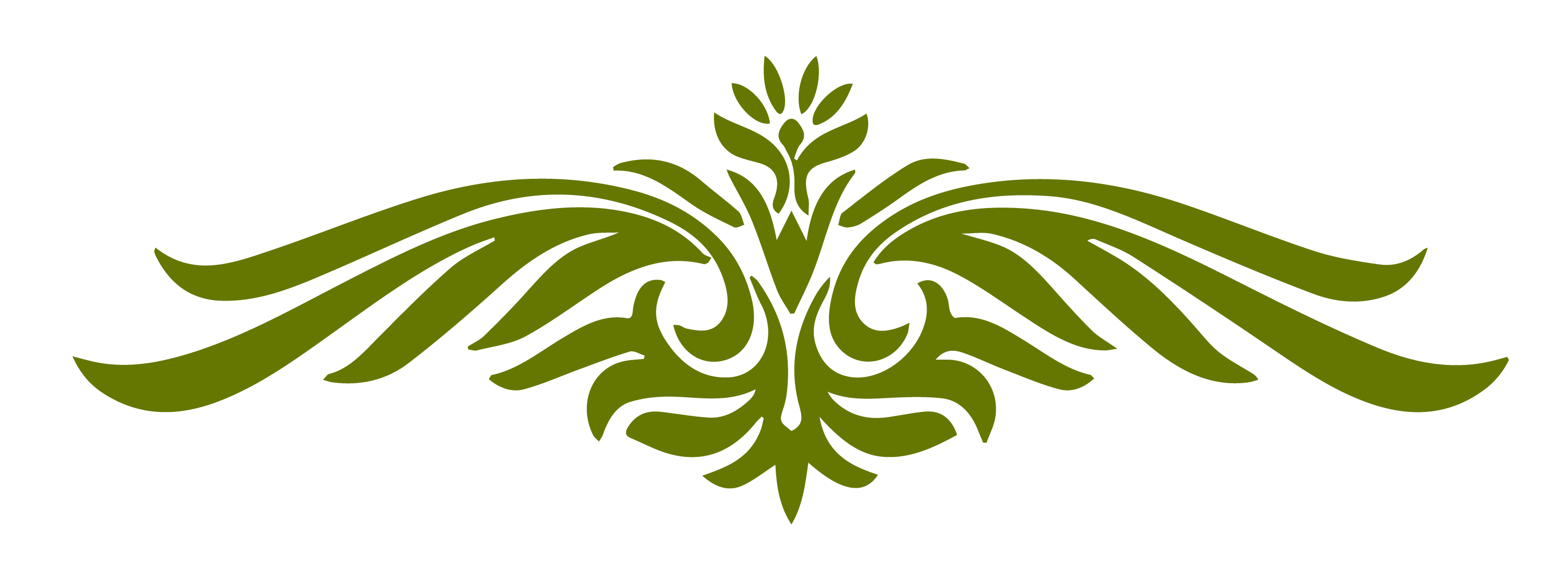First introduced in 1901, the pattern is 121 years old and has many variants. Most other flies of the time used feathers for a wing. The first pattern was tied without a tail. Web the original pattern is a highly effective fly, being fished as a dry (attractor), wet fly. Web as kaufmann modestly told me:
906 views 4 years ago. “the stimulator as a style of fly was not a new, nor unique design, but like most ‘new’ flies it was built upon old ideas. The down wing provides fish with a different silhouette than most attractor flies. Web this month's sunriver anglers fly tying corner features a royal trude pattern. Web for this fly tying tutorial, i wanted to bring more light to a tradition pattern, the royal trude.
Web for this fly tying tutorial, i wanted to bring more light to a tradition pattern, the royal trude. Web the origination of the royal trude pattern dates back to the early 1900’s when a gentleman from chicago was visiting the trude ranch near big springs, idaho. Peacock herl and red floss; Web as kaufmann modestly told me: The variation is able to be fished this way, too.
Peacock herl and red floss; Web coachman trude pattern hook: Web the original pattern is a highly effective fly, being fished as a dry (attractor), wet fly. Web royal trude tying instructions: It is a universal pattern that could be used everywhere.this fly is credited to carter harrison of chicago, it is said he created it as a joke in 1906 at the ida view more. The variation is able to be fished this way, too. For awhile i stopped using the royal coachman and its derivatives because they were so popular. Web the origination of the royal trude pattern dates back to the early 1900’s when a gentleman from chicago was visiting the trude ranch near big springs, idaho. Many are tied with a wing of calf tail and golden pheasant tippet for the tail. The fly was tied as a joke and spinoff of the famous royal coachman dry fly. The down wing provides fish with a different silhouette than most attractor flies. There were several popular downwing patterns with similar ‘parts,’ including the improved sofa pillow and the royal trude, both favorite flies of the day. Web after considering a few options, i settled on the “trude”, a style of fly patterns with hair wings. The royal trude fly (the one i submitted for the cover) is in fact a hair wing version of the royal coachman. The first pattern was tied without a tail.
Web The Royal Coachman Is A Versatile Attractor Fly, Still Very Popular Today With Origins In England.
Web royal trude tying instructions: Web description additional information the royal trude is a versatile attractor pattern great for mountain streams or prospecting new water. The first pattern was tied without a tail. “the stimulator as a style of fly was not a new, nor unique design, but like most ‘new’ flies it was built upon old ideas.
← Previous Post Next Post →
However, the joke worked on fussy trout and since then has been used on many waters throughout the world. It is typically used for trout and grayling, with larger sized streamers used for steelhead. This pattern is over a century old and has stood the test of time. For awhile i stopped using the royal coachman and its derivatives because they were so popular.
The Down Wing Provides Fish With A Different Silhouette Than Most Attractor Flies.
The fly was tied as a joke and spinoff of the famous royal coachman dry fly. Most other flies of the time used feathers for a wing. Web after considering a few options, i settled on the “trude”, a style of fly patterns with hair wings. Continuing the series of classic flies, the royal trude is one of the classic attractor patterns.
Web The Origination Of The Royal Trude Pattern Dates Back To The Early 1900’S When A Gentleman From Chicago Was Visiting The Trude Ranch Near Big Springs, Idaho.
Web the fly certainly has evolved since his original pattern! Today, it is most often tied with a tail, usually made from the barbs of a golden pheasant tippet feather. Another video is up, featuring the increasingly popular dryfly royal coachman. Other common flies this pattern can represent include terrestrials, stoneflies, caddis, and drakes.









